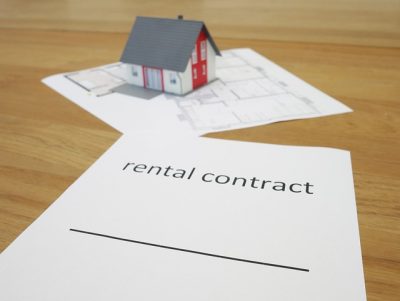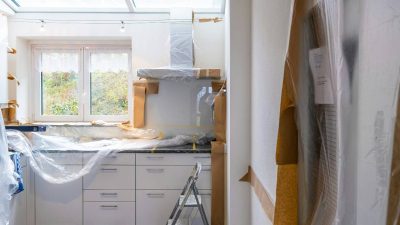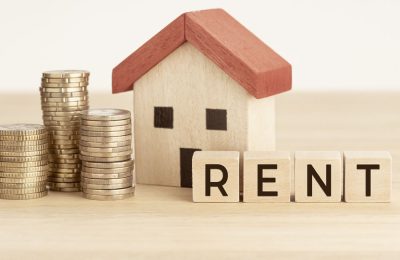As the new academic year kicks off in September, many students will be searching for accommodation for the new term and may be considering renting a flat alone or with friends or fellow students. Student tenants may be renting for the first time, or the first time in a location and there are a few steps landlords can take to help students settle into their new accommodation and sustain their tenancy.
Tenancy sustainment work actually starts before the tenancy does. Ensuring all communication in writing is clear, concise language, or translated to the renters first language (if this is not English) will go a long way to ensuring the tenants know exactly what is expected of them. This should include short summaries highlighting key information such as important dates and costs, as well as how to report issues should they arise.
It may not always be possible for students to view the flat in person, due to distance but offering video tours with the landlord in the property, gives them a chance to see the property and ask questions, and is better than a standard set of photos or videos where they may not pick up on certain things that can lead to changes of mind later on in the process.
To prepare for the new tenancy, provide clear guides and instructions on how things work within the property, refuse collection dates, and emergency repairs numbers that will help new students settle quickly into the property.
Providing further information on key amenities in the surrounding areas, such as doctors, dentists, and pharmacies can also help those new to the area become acquainted with their new community.
Ensure you have taken a thorough photo inventory of the property as close to the move in day as possible and share this with your new tenants. This ensures everyone is clear on the condition of the property at the start of the tenancy and what will be expected when the tenancy is returned, creating transparency and avoiding unnecessary disputes at the end of the tenancy.
First impressions to ongoing support: building a positive landlord-tenant relationship
Be available wherever possible to hand over keys in the property, walking the new tenant’s round, demonstrating how things work, answering questions and setting expectations.
Check in with new tenants after a few weeks in the tenancy to see how things are going, this helps to encourage good tenant – landlord relationships and gives them a chance to ask any questions that they may have. This may be the first time that students have rented a property, so understanding that they may have some basic questions is helpful in building trust and appreciating that they may make some mistakes initially, also helps manage landlord expectations.
Encourage new tenants to report issues promptly and act on these reports. This helps foster a sense of responsibility for the property and will encourage tenants to report issues in future, minimising the chance of any major issues only emerging at the end of the tenancy.
Remind tenants of some basic winter maintenance tips, such as keeping the heating on low to avoid pipe bursts, particularly important if the property is going to be empty over the Christmas holidays.
Reminding tenants towards the end of the tenancy/term of what will be expected when they leave the property, should minimise the chance of any surprise costs for either tenant or landlord.











